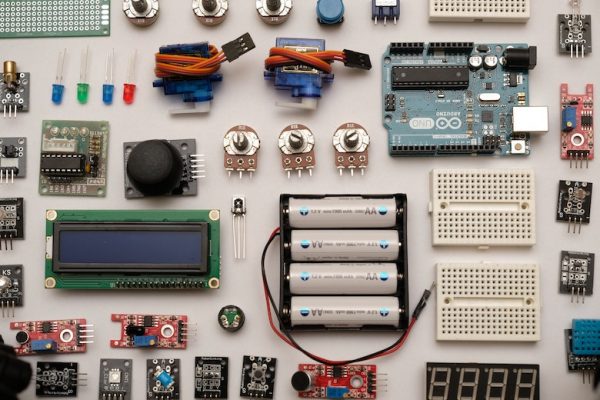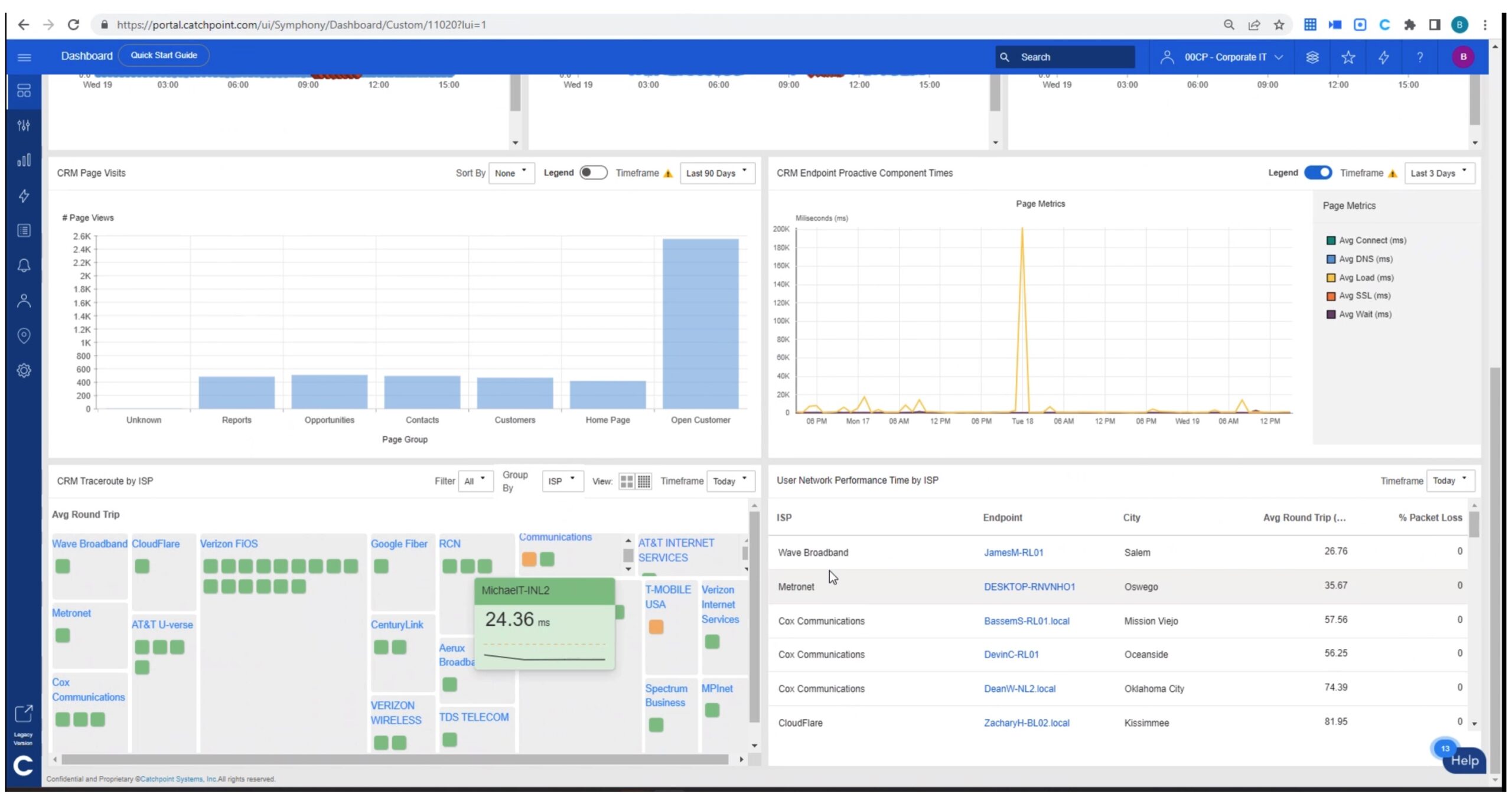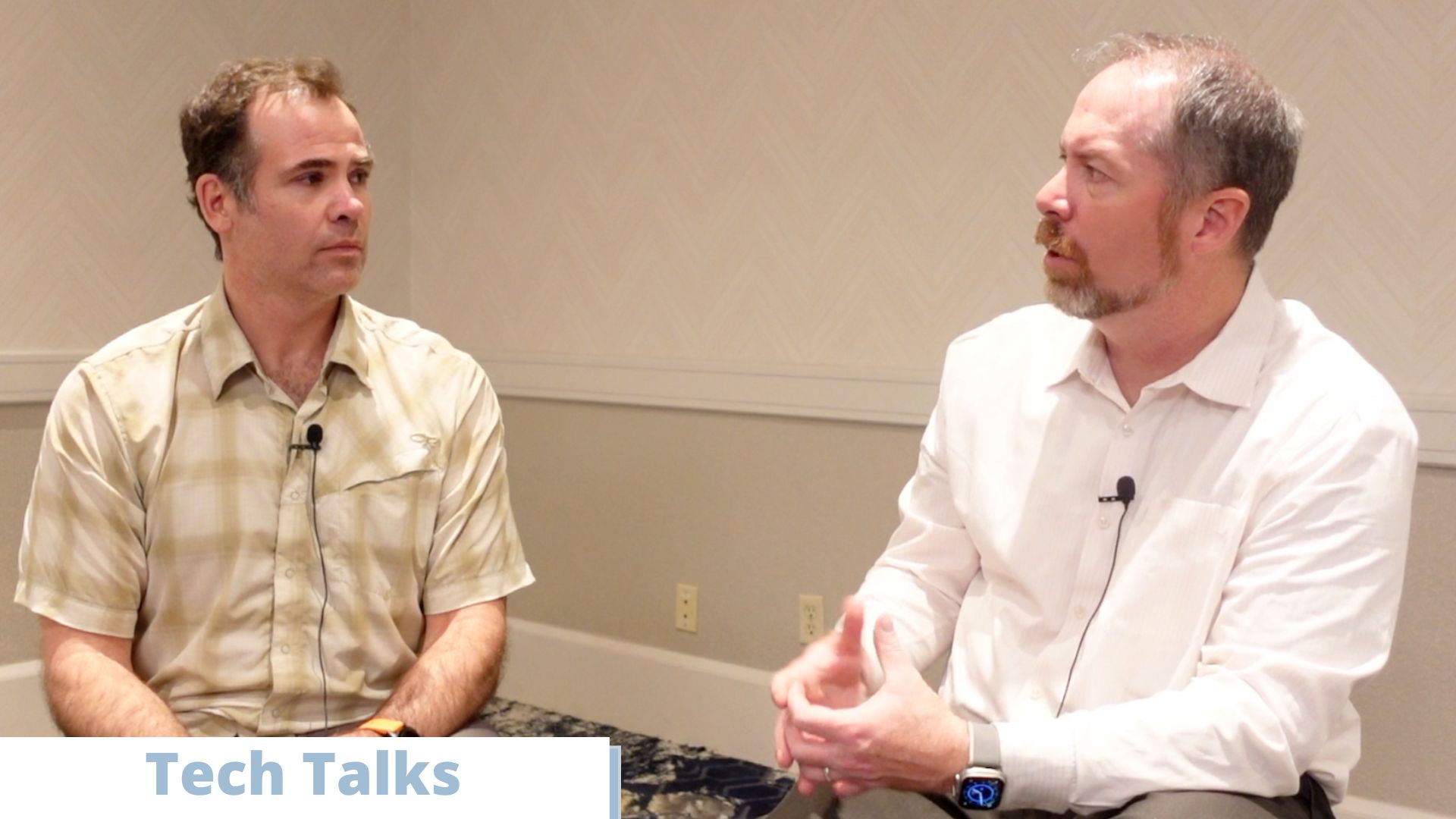The Internet of Things (IoT) has grown from a hot, marketing buzzword to actual reality. Today, you could conceivably control most of your home or, say, an entire manufacturing facility, all from your phone. However, in practice, setting up an IoT mesh of devices and getting it all to actually work and work together is rather difficult.

Use Cases for Implementing IoT
As wireless connectivity became ubiquitous worldwide, interlinking devices outside of usual network endpoints (such as computers, servers, printers, etc.) became a reality and introduced the possibility of giving nearly anything the ability to connect to the internet. By connecting together everything in an environment, be it a business or home, everything can subsequently create and consume data, opening up the possibility for some intriguing uses.
Smart Industry
Massive manufacturing operations leverage IoT devices to ensure that everything is running properly. For example, an IoT camera can watch a manufacturing line to ensure the quality of products being created, activating another device down the line to kick a defective product off. Temperature sensors build real-time views of how machinery is working, allowing manufacturers to address machines that may be overheating or not working for some reason the moment that the temperature surpasses a threshold.
Smart Offices
Today, especially as organizations return to the office post-COVID-19, IoT devices provide a way to ensure safety and efficiency. Connecting security cameras with infrared sensors can identify employees who are running a temperature as potentially infected individuals. Devices built into desks update databases if hotelling desks are occupied or not.
Smart Homes
The obviously most consumer-focused IoT implementation is that nearly anything in a house can be made “smart.” Smart refrigerators take inventory of the things inside and identify what things need to be purchased at the store. IoT-enabled lights, heat, and locks can be used to remotely set up your house for anything, both from the couch and while in the taxi home from the airport.
The Internet of Things Is a Complete Mess (And How to Fix It)
In spite of the use cases, actually implementing IoT is a very technical process and is not for everyone, despite the fact that many pundits in the industry feel that it should be everywhere.
Troy Hunt, creator of HaveIBeenPwned and generally rad dude, recently set up his home with smart lighting and witnessed firsthand the complexities of a full-scale IoT implementation. After discussing his build, Hunt comments:
Let’s pause here a second: If we think about IoT as being something that should be consumable by the masses, just how far down the rabbit hole have we gone once you need a Linux machine and a secondary device just to make your lights behave. This is nuts. But let’s do it anyway ?
Learn about how Hunt completed his home IoT build and how he thinks we can fix the problem of IoT by reading The Internet of Things is a Complete Mess (and How to Fix it) at his personal blog, troyhunt.com.




